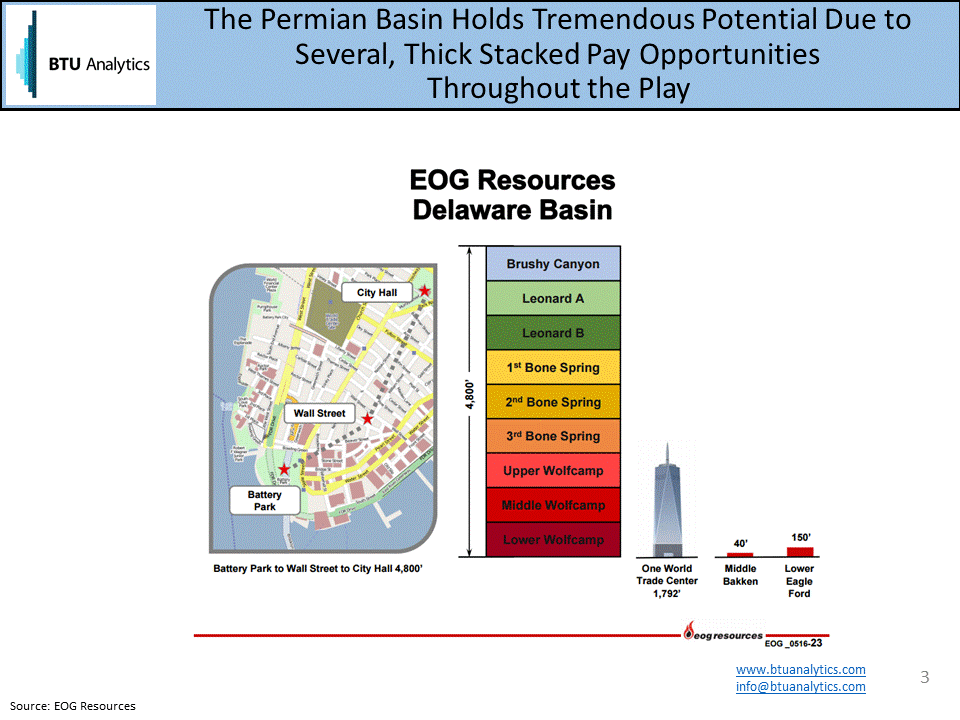As the oil market has started to re-balance, the WTI futures strip rose in May and June towards the $50/Bbl mark. New highs brought new found confidence to oil producers and a sense of relief that the oil market was headed towards recovery. With that sentiment, producers started to talk about completing DUCs and re-deploying rigs to their best acreage. As one of the basins with premier acreage and economics, one would expect the Eagle Ford to see an increase in activity with the rise in prices. However, the Eagle Ford has fallen out of favor with the market despite improving well performance and declining costs. The two main drivers of the lack of activity are crude quality and capital scarcity.

Before the downturn, crude quality was a hot topic. The US oil market was careening towards over supply of light crude and condensate. The lifting of the crude export ban alleviated the constraint of only being able to supply North American refineries. As the industry went into survival mode, the fact that condensate continues to trade significantly below WTI has gotten lost. Flint Hills Eagle Ford Condensate posted prices for both ultra-light condensate (60⁰ API+) gravity and condensate (50⁰ and 60⁰ API) have not reconnected with WTI despite production declines. Ultra-light condensate posted prices averaged a $16/Bbl discount to WTI and condensate averaged a $12/Bbl discount to WTI for 2016.
Since 30% of current Eagle Ford production falls into the 50⁰ API and greater category, this has significant implications for revenue and cash flow for those producers in the condensate window. Especially since several large operators in the Eagle Ford have other acreage positions, including the Permian Basin, that compete for a limited pool of capital.

As producers like Pioneer (NYSE: PXD) and others continue to make significant gains in unlocking the Permian Basin, the Eagle Ford has lost its position as the favorite child in the US oil industry. In addition to being a “newer” play, which in itself garners excitement, the Permian has two other major factors in its favor at the moment: strong differentials to WTI and lots of running room. Midland differentials to WTI have tightened significantly and are averaging $0.12/Bbl below WTI in 2016 as both gathering and transmission pipelines have helped de-bottleneck the region. This helps improve netbacks and economics significantly compared to condensate barrels in the Eagle Ford. Additionally, the production potential of the Permian is tremendous. Not only does it cover a large geographic area, but it also has several stacked pay opportunities. In a recent presentation, EOG Resources (NYSE: EOG) provided a graphic comparing the stacked pay opportunities in the Delaware Basin to One World Trade Center to help investors understand the sheer size of the stacked pay zones.

However, don’t count the Eagle Ford out yet. Producers who can sell a light crude barrel rather than a condensate barrel still have close proximity to crude demand markets and incur low transportation costs on highly economic acreage. Furthermore, natural gas prices continue to improve, bolstering cash flow for Eagle Ford producers. The Marcellus and Utica continue to be trapped due to pipeline project delays caused by regulatory bottlenecks, opening up a window in 2017 and 2018 for the Eagle Ford to make a comeback. For more detailed analysis of BTU Analytics’ gas price forecasts check out our Northeast Gas Quarterly gas report.








